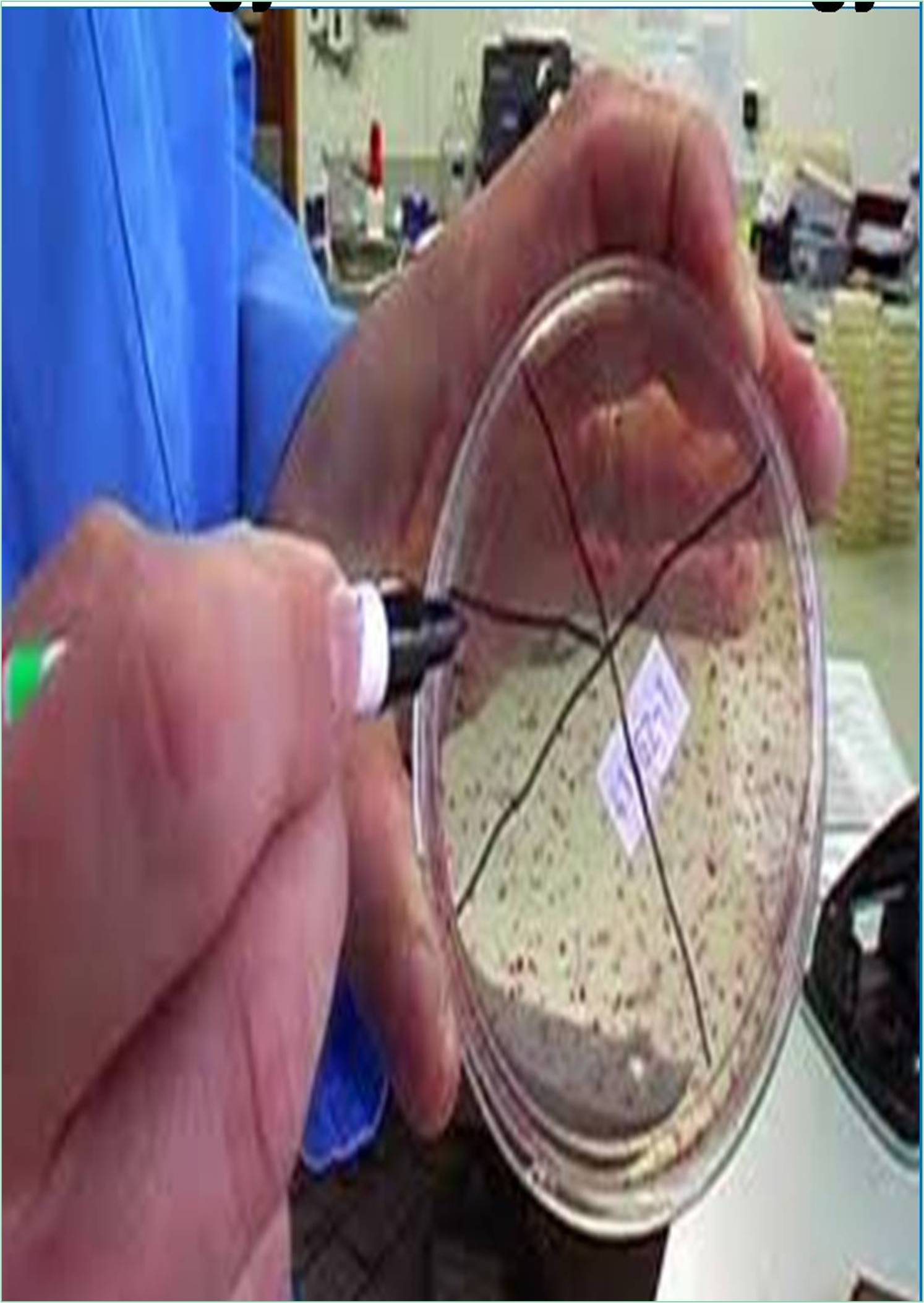



Received: 04-Mar-2022, Manuscript No. GJVI- 22-59563; Editor assigned: 07-Mar-2022, Pre QC No. GJVI- 22-59563(PQ); Reviewed: 28-Mar-2022, QC No. GJVI- 22-59563; Revised: 04-Apr-2022, Manuscript No. GJVI- 22-59563(R); Published: 11-Apr-2022, DOI: 10.15651/GJVI.22.2.4
The strength of the interaction between an antibody and an antigen at an individual antigen site can be explained by the affinity of the antibody for the anti- gen. Within each antigen site, the variable region of the antibody “arm” interacts with antigens at multiple sites via weak non-covalent forces. The greater the interaction, the stronger the affinity. Avidity is proba- bly a more meaningful measure of the overall stability or strength of an antibody-antigen complex. It is controlled by three key factors: antibody-epitope affinity, both antigen and antibody valences, and the structural arrangement of interacting moieties. Finally, these factors define the specificity of the antibody, i.e. the possibility of a particular antibody bind to an accurate antigenic epitope.
Crossing reaction refers to a population of antibodies or antibodies that bind to epitopes on other antigens. This can be caused by several different antigens with low binding or specificity or identical or very similar epitopes of antibodies. Crossing reactions lead to hyper moles or underestimated antigen concentrations and have problems in immunoassays. Immunochemical techniques take advantage of the extreme specificity of each immunoglobulin to the antigen at the molecular level, even in the presence of high concentrations of contaminating molecules. The multivalent nature of most antigens and antibodies allows them to interact with each other to form a precipitate. Examples of experimental applications using antibodies are Western blots, immunohistochemistry and immunocytochemistry, Enzyme-Linked Immunosorbent Assay (ELISA), immunoprecipitation, and flow cytometry.
Kinds of antigen-antibody binding
The binding site of an antibody is located in the F (ab) portion of an antibody molecule and is composed of hypervariable regions of heavy and light chains. The binding between this site and the antigen occurs in the following characteristics and processes:
• The binding that holds the antigen at the binding site of each antibody is non-covalent and is therefore reversible in nature.
• These bonds may be injected with hydrogen bonding, electrostatic coupling, or warp force.
• Normally, some of the observed binding formation and ensure a relatively narrow binding between the antibody and the antigen.
• Specific binding of antigenic determinants (known as epitopes) and antigen combination facilities (para topes) contain very small portions of molecules, which usually contain few amino acids.
• These varieties are important in antigen-antibody responses as specific binding that must critically over- come the repulsive force between two molecules.
• If the epitope is in contact with the para tope, they are initially attracted to each other by ionic and hydrophobic force.
• These forces help them overcome hydration energy and allow the release of water molecules when the epitope and para tope approach each other.
• This gravitational force becomes even stronger later when the van der Waals force is used to bring the epitope and para tope closer together.
Antigen antibody reaction
Antigen-antibody reaction can be affected by several factors. Some of the more common factors are:
Temperature: The optimum temperature for the antigen- antibody reaction depends on the epitope, the chemistry of the Para tope, and the nature of the binding involved in their interaction. For example, the formation of hydrogen bonds tends to generate heat. These bonds are more stable at low temperatures and may be more important when dealing with carbohydrate antigens.
pH Value: The effect of pH on the equilibrium constant of the antigen-antibody complex is in the pH range of 6.5-8.4. Below pH 6.5 and above pH 8.4, the antigen- antibody reaction is strongly inhibited. At pH 5.0 or 9.5, the equilibrium constant is one-hundredth that of pH 6.5-7.0. Under extreme pH conditions, antibodies can undergo conformational changes and impair complementarity with the antigen.
Ionic strength: The effect of ionic strength on the antigen- antibody reaction is especially important in blood group serology. Here, the reaction is greatly affected by sodium ions and chloride ions. For example, in normal saline, Na+ and Cl- can adhere around the complex, partially neutralizing the charge and preventing the antibody from binding to the antigen. This can be a problem when using low affinity antibodies. It is well known that gamma-globulins, when exposed to very low ionic strength, aggregate to form reversible complexes with erythrocyte lipoproteins, causing their precipitation.